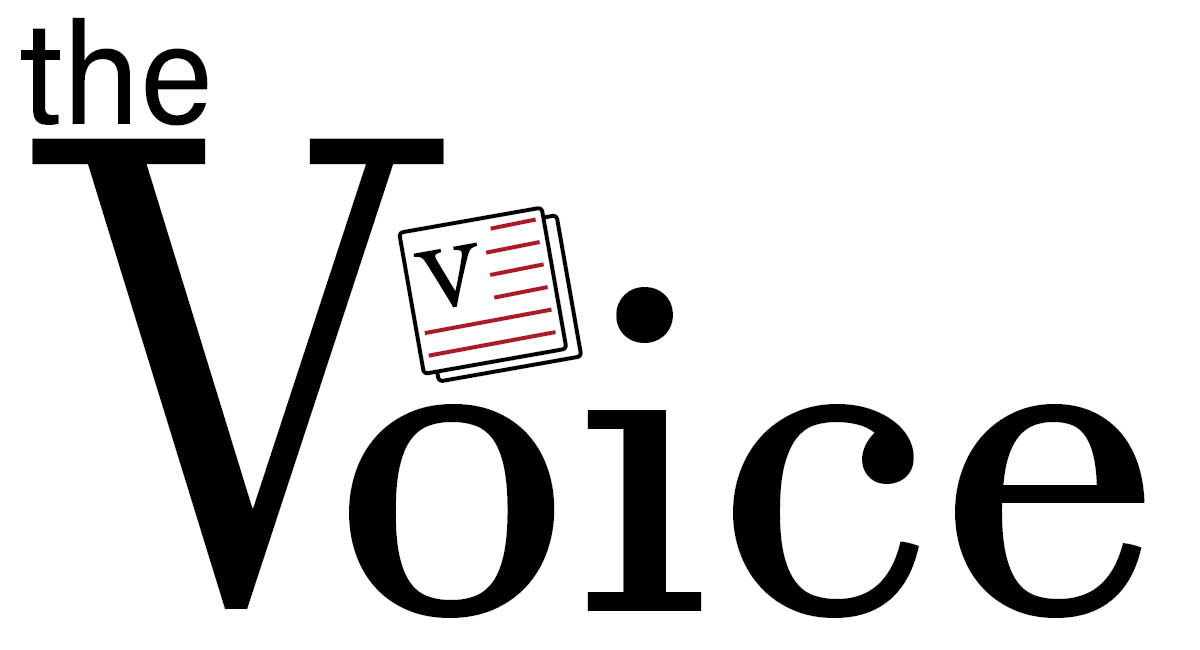Marek Makowski
Just last week, each team in the NFL fetched college football’s finest in their annual draft. These millionaires-to-be are in the midst of an endless cycle of evaluations. Their performances are scrutinized and make up so much of their successes.
What many people don’t know is that the same thing happens here in Huntley every year, and is one of the most mysterious things that goes on in our little town. A draft is how teams are compiled in most of the youth baseball leagues in America, such as in the Huntley Youth Baseball Little League, or HYBLL.
As done at the start of a professional baseball season, coaches evaluate little league players by their fundamentals: fielding, pitching, and hitting. It is a priority to ensure that all kids will play on a team, and that leagues and teams stay fair and competitive.
“A pro being that all kids are placed on a team,” said HYBLL President Doug Schumacher. “In some leagues, people get cut. We take every kid and make as many teams as possible.”
The draft starts from the AA Minors to the Senior Program. AA Minors features kids as young at seven, eight, and nine years old. Sure, keeping leagues competitive is fun, but just playing the game of baseball is enough fun for seven year olds. Keeping a league for first graders competitive is like hosting cutthroat finger-painting competitions.
Drafting and evaluating 7- and 8-year olds may seem like a tough task since it is difficult to distinguish what areas a child is fully developed in at such an early age. That’s why colleges don’t scout elementary schoolers. That’s why young prodigies are so rare. Sure, you have your crazy 8-year-old hoops star from Texas who can dribble the ball 100 different ways and can drop 3-pointers all day without looking, but I doubt any player from Illinois is good enough to be evaluated at that young of an age.
“[Evaluating] becomes easier as [kids] get older,” said 5-year coach John Browne. “We can pick out which skills have particularly developed.”
In a process more secretive than meetings held between Osama and al-Qaeda, coaches get together and hold a snake draft to determine who will be on which team. This is all coordinated under a division director who the coaches report to.
What happens in these drafts must never leave that room.
“The coaches all agree that anything discussed in the room stays there,” said Browne. “We’re looking to draft the best players and we won’t tell the players or parents where a kid was drafted.”
A leak of draft information could set off a firestorm of complains and arguments.
“We actually gather all the information and rankings from the coaches and shred them,” said Schumacher. “They have no purpose. The one thing we can’t stop is chatter. There’s always drama.”
Some of the drama featured between coaches is usually over why a kid was drafted in such an early round or why a player was selected so late in the draft. It’s common to see the same type of behavior at a professional level, such as when coaches and fans were shocked that Gabe Carimi was left on the board long enough for the Bears to snag.
However, that’s not the only similarity between professional and youth drafts.
Although the coaches cannot trade draft picks, they can trade players before teams become finalized. This happens usually to keep families together or neighbors together for carpool reasons. Understandable.
Factors that could potentially affect a coach’s draft choices are personal relationships and experiences with players. The main rationale of the draft, to produce a league as even and competitive as possible, easily goes out the door every time a coach picks up one of their favorite players or family friends rather than the best player available. Seems fair.
“There is no way to make it ultimately fair,” said Schumacher. “The coaches could take kids just because they want them on their team. The fairness depends on the coaches and league director.”
So why not change it? The Little League rulebook sets guidelines for how drafts and leagues can be operated, but there is not one specific system that needs to be implemented. At times, the league seems more of a stat-crunching fantasy outlet for coaches rather than kids trying to have fun and play some baseball. Often behind these playing kids are parents who apply pressure to perform and succeed. For many, it is important to see how their children did over the course of the season.
“At the end of the year, we evaluate players and hope they improved,” said Schumacher.
Thus, the endless cycle begins.
Post Author: Tom Heagney. Tom Heagney is a junior at Huntley High School and a staff writer for The Voice. He enjoys exploring the streets of Huntley in his mini van, having great times with his friends, and spending time with his family. He is a member of the track team, has a first degree black belt in the art of Kyukido, and can be found screaming at his TV during Bears, Cubs, Bulls, and Blackhawks games. He can be found on Twitter at www.twitter.com/theagney.


